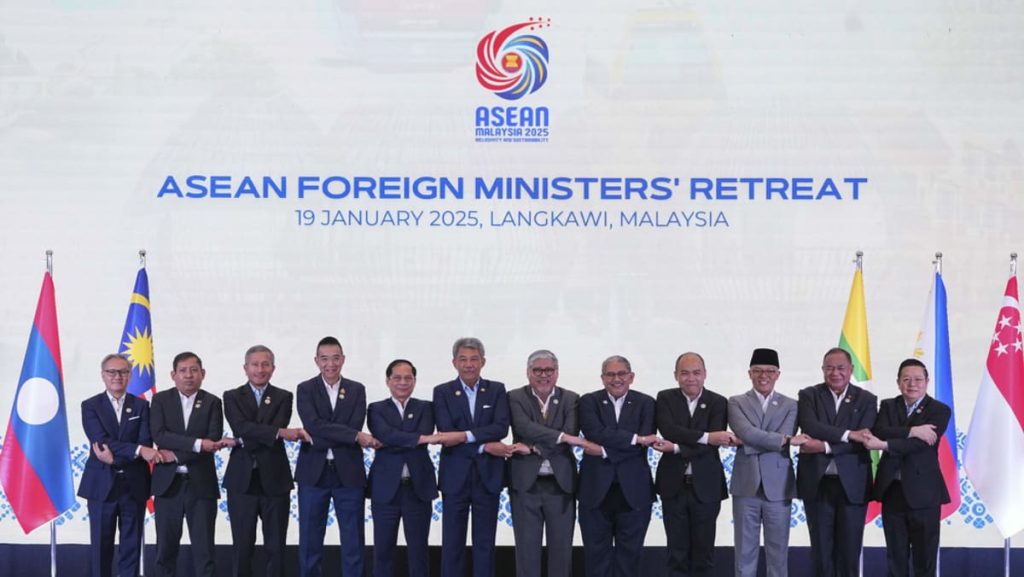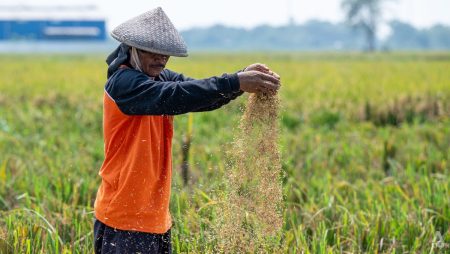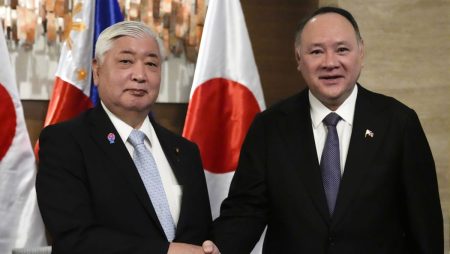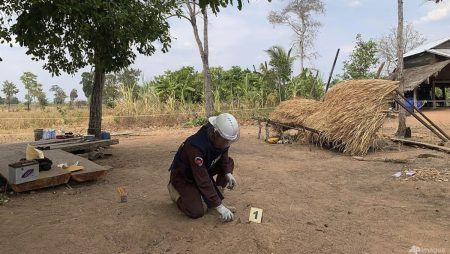Myanmar’s political landscape has been in turmoil since the military coup in February 2021, which ousted the democratically elected government and plunged the nation into a state of unrest. The coup triggered widespread protests, a brutal crackdown by the junta, and a spiraling humanitarian crisis marked by violence, displacement, and human rights abuses. The United Nations has documented thousands of civilian deaths and millions displaced, painting a grim picture of the ongoing suffering endured by the Myanmar people. This crisis has also destabilized the region, with neighboring countries facing increased challenges related to refugee flows, cross-border crime, and the potential spread of instability. The international community, including regional organizations like ASEAN, has grappled with how best to respond to the crisis, balancing principles of non-interference with the urgent need to address the escalating humanitarian and political challenges.
ASEAN, of which Myanmar is a member, has adopted a Five-Point Consensus aimed at facilitating a peaceful resolution to the crisis. This consensus calls for an immediate cessation of violence, constructive dialogue among all parties, the appointment of a special envoy, humanitarian assistance, and access for the special envoy to all parties involved. However, the implementation of the consensus has been hampered by the junta’s lack of cooperation and the complex political landscape within Myanmar. Some ASEAN member states, particularly those geographically closer to Myanmar and therefore more directly impacted by the crisis, have pursued independent engagement with the military regime. This approach, while driven by the immediate need to address border security and humanitarian concerns, has raised questions about the unity and effectiveness of ASEAN’s collective response.
The involvement of countries beyond ASEAN, including major powers like China, India, and Russia, further complicates the situation. These countries have varying interests in Myanmar and their engagement with the junta has been interpreted differently by various stakeholders. Some see it as an attempt to exert influence and secure strategic advantages, while others view it as a pragmatic approach to address immediate concerns and potentially open channels for dialogue. The differing perspectives on external engagement underscore the complexities of the Myanmar crisis and the challenges of finding a path towards a sustainable resolution.
The evolving geopolitical landscape, marked by the rise of emerging economies and shifting alliances, adds another layer of complexity to the Myanmar situation. The BRICS group, comprising Brazil, Russia, India, China, and South Africa, has expanded its membership to include countries like Egypt, Ethiopia, Iran, the United Arab Emirates, and most recently, Indonesia. This expansion reflects the growing influence of these economies and their desire for a greater voice in global affairs. The inclusion of Indonesia, the first Southeast Asian nation to join BRICS, has significant implications for the region and potentially for ASEAN’s approach to the Myanmar crisis. Indonesia’s membership could provide a new platform for engaging with the Myanmar issue and potentially influence the positions of other BRICS members.
The BRICS expansion and the increasing engagement of its members in regional affairs raise questions about the future role of ASEAN and the potential for overlapping or competing agendas. Some analysts suggest that the growing influence of BRICS could challenge ASEAN’s centrality in Southeast Asia, particularly if member states prioritize their BRICS affiliations over regional consensus-building within ASEAN. Others argue that BRICS and ASEAN can complement each other, with BRICS providing a platform for addressing broader economic and geopolitical issues while ASEAN focuses on regional stability and cooperation. The interplay between these two groupings will be crucial to watch as it could significantly shape the political and economic landscape of Southeast Asia.
The complex interplay of internal conflict, regional dynamics, and global power shifts presents significant challenges for resolving the Myanmar crisis. The lack of consensus within ASEAN, the varying interests of external actors, and the evolving geopolitical landscape complicate efforts to find a sustainable solution. The international community must work together to address the urgent humanitarian needs of the Myanmar people, promote dialogue and reconciliation among all stakeholders, and support ASEAN’s efforts to restore peace and democracy in Myanmar. The BRICS expansion, particularly Indonesia’s membership, presents both opportunities and challenges for regional stability and cooperation. It remains to be seen how these dynamics will play out and whether they will contribute to a positive resolution of the crisis in Myanmar.










